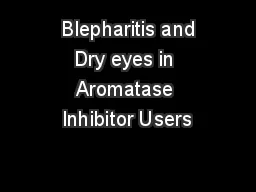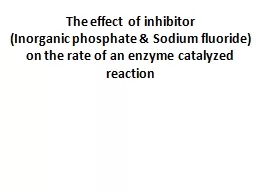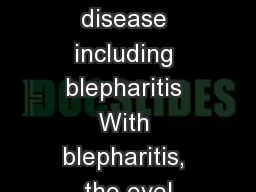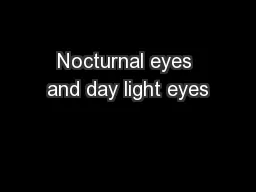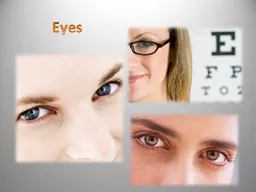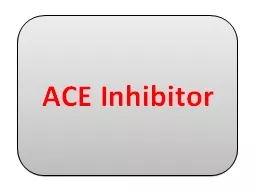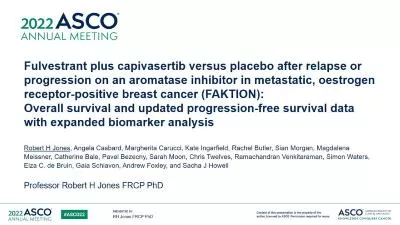PPT-Blepharitis and Dry eyes in Aromatase Inhibitor Users
Author : alida-meadow | Published Date : 2020-04-04
Kiran Turaka MD Kristin M Hammersmith MD Jennifer M Nottage MD Christopher J Rapuano MD Wills Eye Institute Philadelphia PA The authors have no financial interest
Presentation Embed Code
Download Presentation
Download Presentation The PPT/PDF document " Blepharitis and Dry eyes in Aromatase I..." is the property of its rightful owner. Permission is granted to download and print the materials on this website for personal, non-commercial use only, and to display it on your personal computer provided you do not modify the materials and that you retain all copyright notices contained in the materials. By downloading content from our website, you accept the terms of this agreement.
Blepharitis and Dry eyes in Aromatase Inhibitor Users: Transcript
Download Rules Of Document
" Blepharitis and Dry eyes in Aromatase Inhibitor Users"The content belongs to its owner. You may download and print it for personal use, without modification, and keep all copyright notices. By downloading, you agree to these terms.
Related Documents

